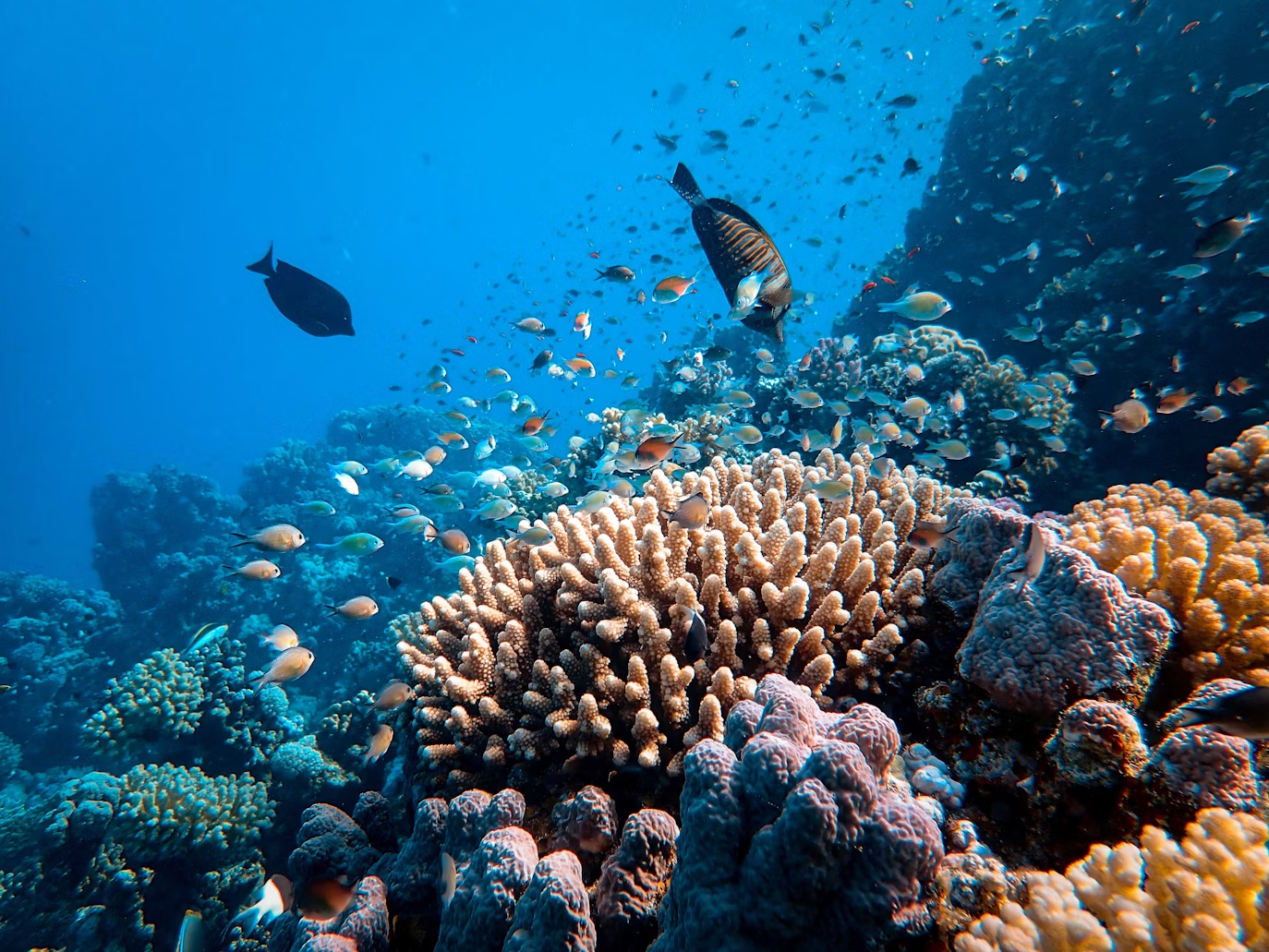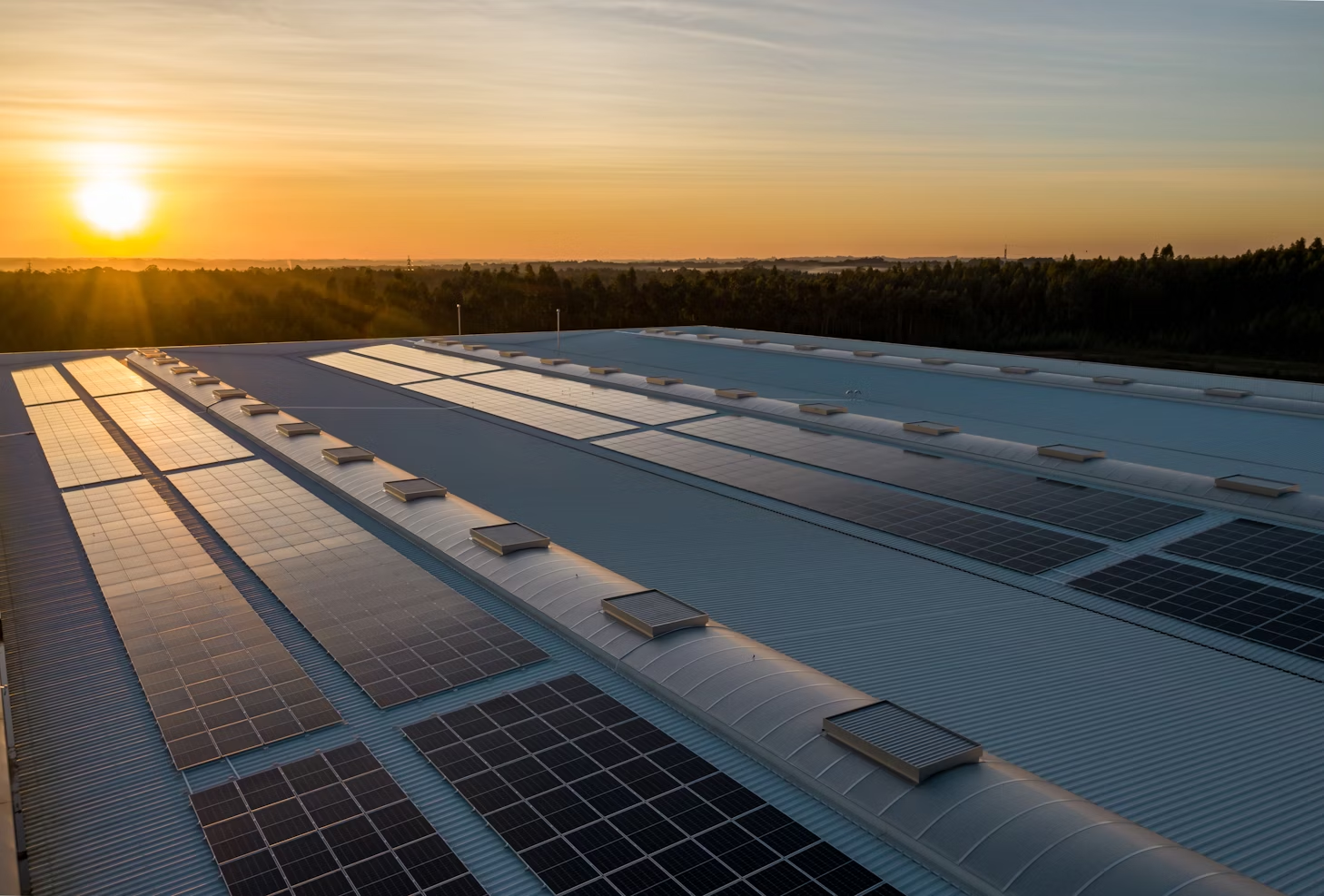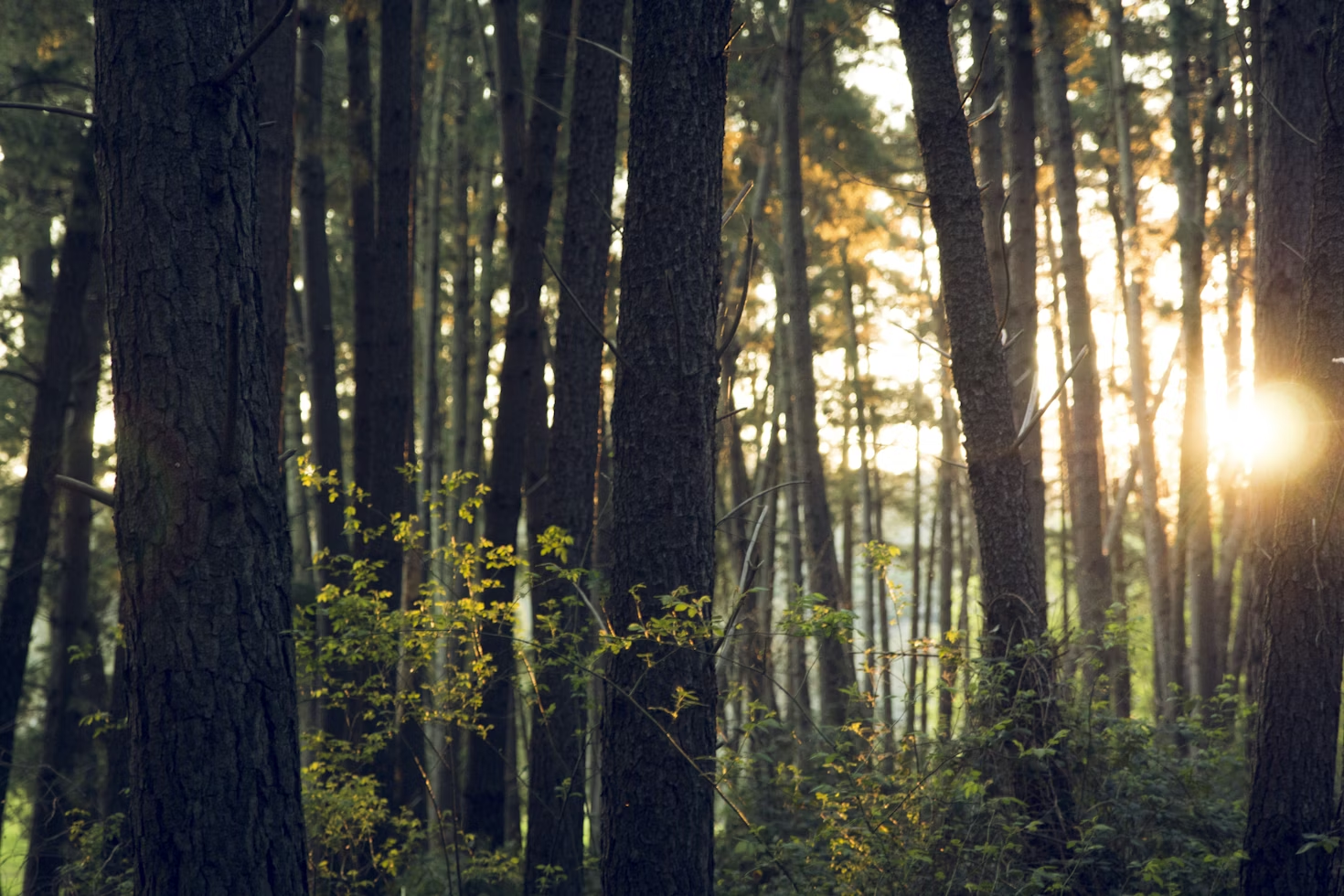Disappearing corals

We are happy to see you again for a new green question, by looking at the subject of carbon capture and sequestration.
With summer getting closer and vacations getting closer, we have never been so close to being able to enjoy our beautiful French beaches.
France is also home to a large quantity of corals, especially thanks to its overseas territories. These corals are very important for biodiversity, and for humans, because of the habitat they offer to a large part of marine species.
The skipper and journalist Fabrice Amedeo in particular declared that “one square kilometer of reefs contains as many species as the entire French metropolitan coastline”. Today, the Great Barrier Reef has an area of 350,000 km², but there are far fewer corals than 30 years ago. In addition to representing a significant risk to biodiversity, it is also one less natural source of carbon sequestration to help us reach our climate goals.
How many corals have disappeared from the Great Barrier Reef in the last 30 years?
Over the past 30 years, nearly half of the corals in the Great Barrier Reef have disappeared. It is a tragedy for biodiversity. In fact, nearly 25% of marine fauna finds its habitat in coral reefs, while the total surface area of all these reefs represents only 0.25% of the entire marine environment. For comparison, the variety of fauna and flora within coral reefs is equivalent to that of the tropical forests of the Amazon or New Guinea. This biodiversity, which is so precious to the balance of life on Earth, is also an essential resource for humans. Indeed, thanks to the species they shelter, corals support nearly 500 million people, including 40 million fishermen.
But if corals are dying, it is largely due to human activity and because of climate change. Indeed, since 1998, a coral bleaching phenomenon has appeared. It is the phenomenon of depigmentation of corals following the disappearance of algae covering them, which exposes them to UV rays and deprives them of food, and potentially leads to their death.This phenomenon proved to be particularly intense with very strong episodes in 2016, 2017 and 2020. It is now estimated that bleaching has reached 98% of the Great Barrier Reef.
But the loss of much of the world's coral does not end there. Coral acts both as a carbon source and as a carbon sink. But the net balance of global coral is clear: it makes it possible to sequester between 68 and 88 Megatons of carbon per year, i.e. the emissions of countries such as Morocco, Israel or Greece. To go further in the comparison, the loss of about 50% of the planet's corals would require the planting of 1.75 billion more trees each year to sequester as much carbon each year (considering that a tree captures an average of 25 kg). CO2e per year). This would be equivalent to adding the equivalent of 15% of the trees present on French territory each year. Thus coral has more than one role to play in our future and it is high time to take real actions to preserve it, otherwise it will be more and more difficult to achieve our carbon neutrality goals, and even to survive for the parts of the world dependent on ecosystems sheltered by coral reefs.







